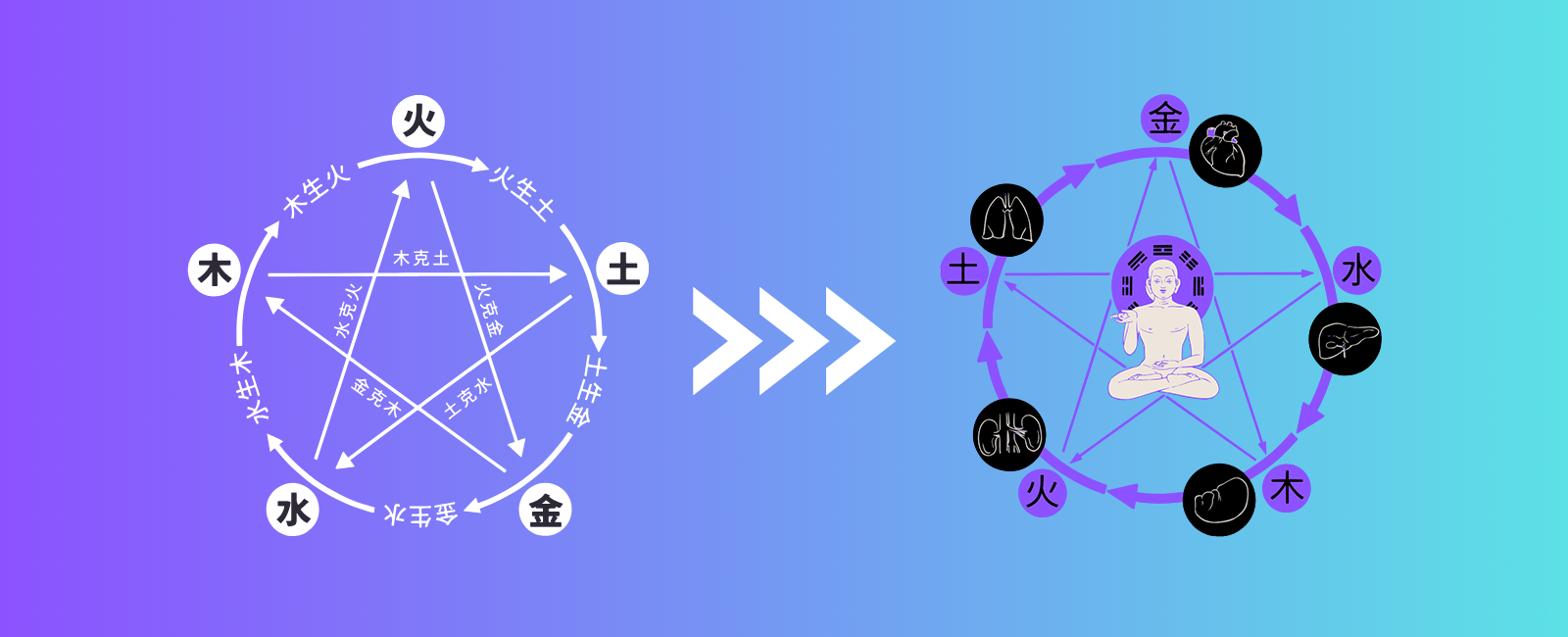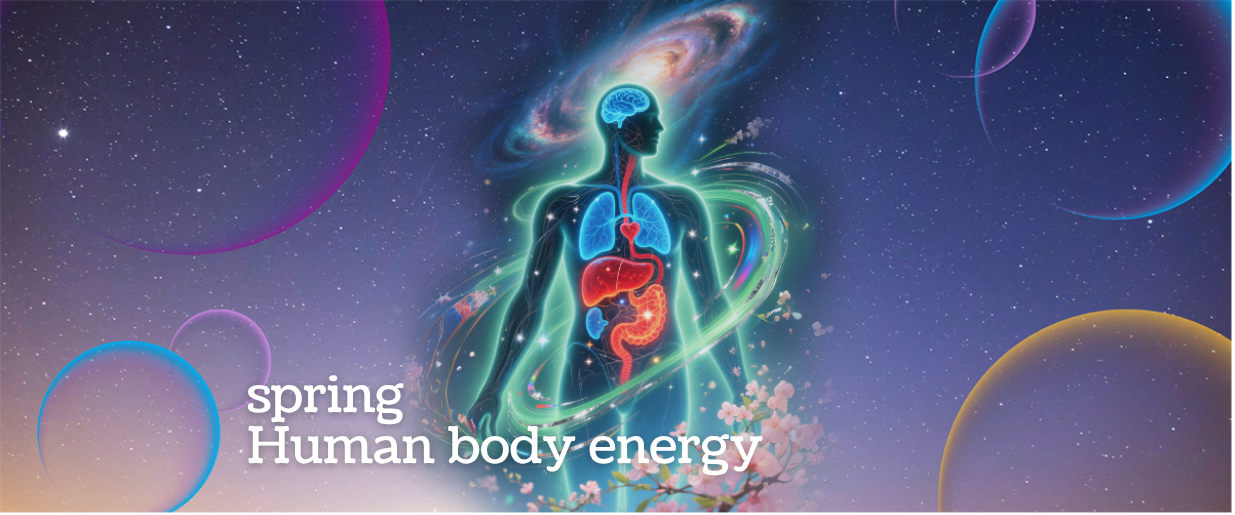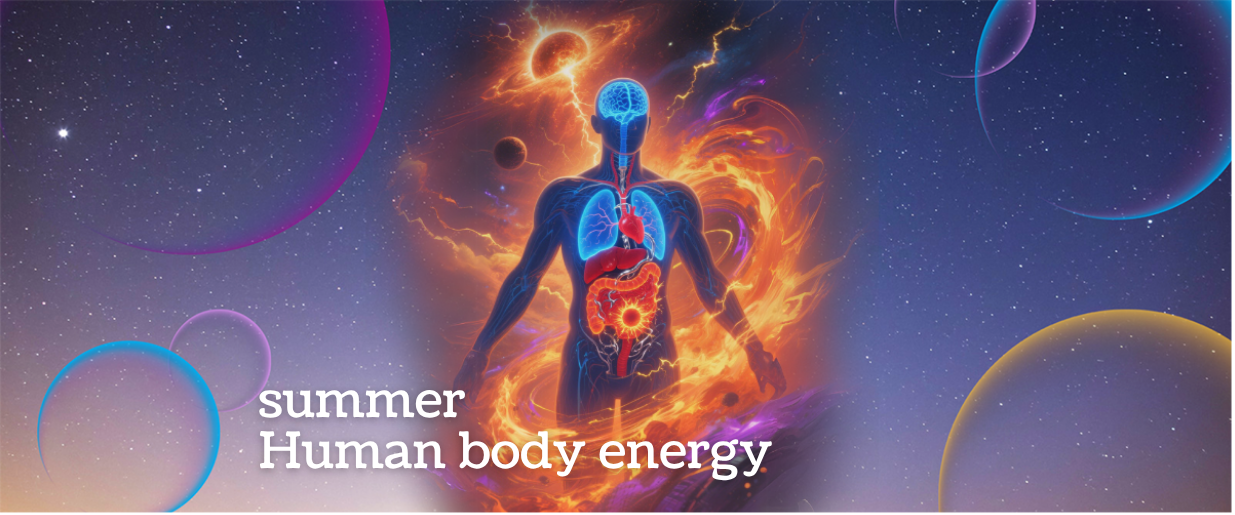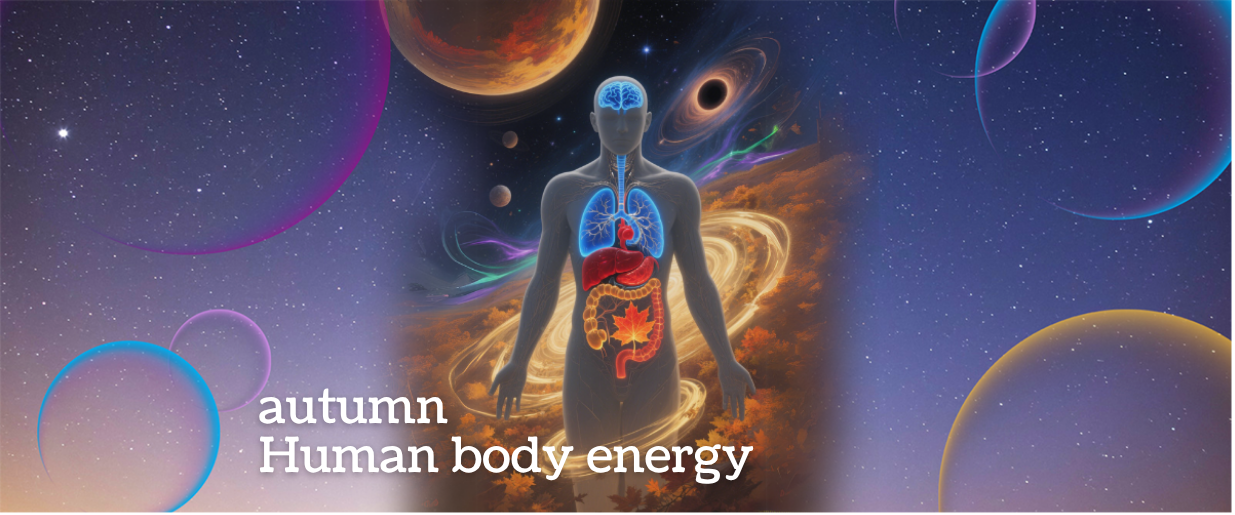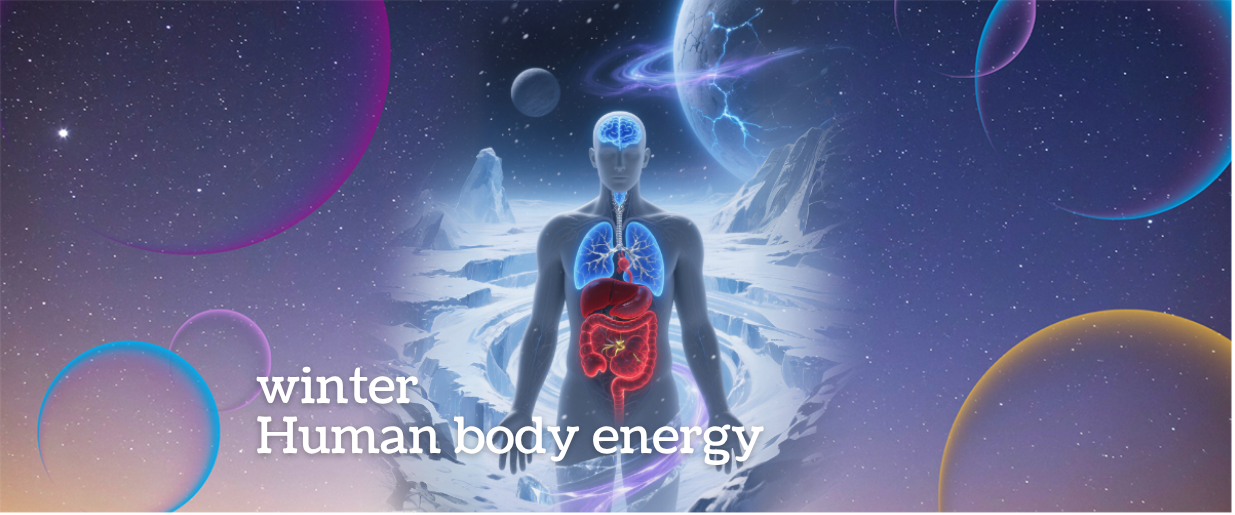Five Tones Healing Guide
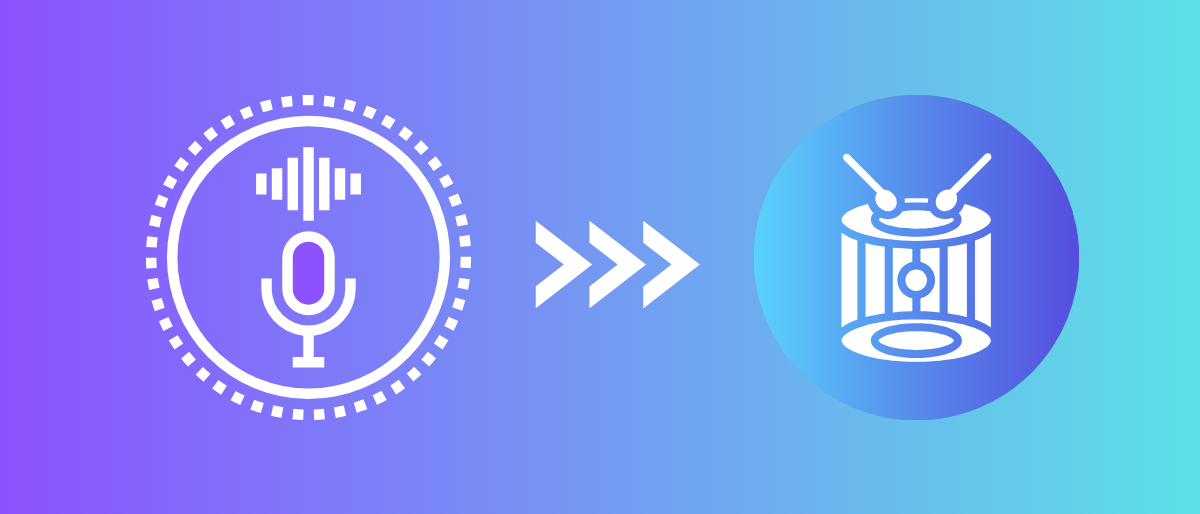
In Traditional Chinese Medicine (TCM) theory, the "Five Tones" (Jue, Zhi, Gong, Shang, Yu) are not only the basic musical scales but also regarded as an important method for health preservation and regulating the body and mind, known as TCM Five-Tone Therapy. It is believed that these five tones correspond closely to the Five Elements (Wood, Fire, Earth, Metal, Water), the Five Zang Organs (Liver, Heart, Spleen, Lung, Kidney), and human emotions. By listening to or playing music of specific modes, one can harmonize Qi and blood, balance Yin and Yang, regulate emotions, and thereby achieve health maintenance and therapeutic purposes.
Below are the Five Tones (Jue, Zhi, Gong, Shang, Yu) and their corresponding Five Elements, Zang Organs, as well as their primary therapeutic effects and functions:
1. Jue Tone (角) - Wood Element - Corresponds to the Liver
o Musical Characteristics: Melodious and vibrant, evoking the sprouting of plants in spring.
o Primary Effects:
§ Regulates Liver Qi: Harmonizes the flow of Liver Qi and alleviates Liver Qi stagnation.
§ Balances Emotions: Relieves tension, anxiety, depression, and irritability.
§ Promotes Vitality: Stimulates energy and helps restore the body's vitality.
§ Improves Digestion: Harmonizing Liver Qi aids Spleen and Stomach function (Wood controls Earth, but coordination supports Earth).
§ Relieves Pain: Helps soothe rib-side distension, headaches, and other pains caused by Qi stagnation.
o Recommended For: Those with Liver Qi stagnation, irritability, depression, high stress, or for springtime health maintenance.
o Representative Pieces/Imagery: "Eighteen Songs of a Nomad Flute," "Jiangnan Melody," spring breezes through willow trees, birds singing in mountain streams.
2. Zhi Tone (徵) - Fire Element - Corresponds to the Heart
o Musical Characteristics: Joyful, lively, energetic, and passionate.
o Primary Effects:
§ Nourishes the Heart and Calms the Spirit: Strengthens Heart Qi and blood, alleviating palpitations, insomnia, and excessive dreaming.
§ Elevates Mood: Boosts emotions, dispels sadness, low spirits, and apathy, fostering joy.
§ Promotes Blood Circulation: Supports Qi and blood flow.
§ Regulates Small Intestine Function: The Heart and Small Intestine are internally-externally related, so it indirectly affects digestion and absorption.
§ Enhances Communication and Social Desire: Fire governs etiquette and corresponds to expression.
o Recommended For: Those with Heart blood deficiency, restlessness, low mood, or for summertime health maintenance.
o Representative Pieces/Imagery: "Purple Bamboo Melody," "Joyful Celebration," bonfire gatherings, festive drumming.
3. Gong Tone (宫) - Earth Element - Corresponds to the Spleen
o Musical Characteristics: Balanced, steady, dignified, and nurturing, like the earth's embrace.
o Primary Effects:
§ Strengthens the Spleen and Stomach: Enhances digestive function, improving poor appetite, bloating, diarrhea, and indigestion.
§ Calms the Spirit: Stabilizes emotions, relieves overthinking, and fosters a sense of security and stability.
§ Nourishes Original Qi: As the "central" tone, it is considered foundational for nourishing the whole body, replenishing Qi and blood.
§ Harmonizes the Body: Its central Earth nature helps coordinate and balance the entire system.
o Recommended For: Those with Spleen and Stomach weakness, Qi and blood deficiency, excessive worry, late summer health maintenance, or those needing emotional stability.
o Representative Pieces/Imagery: "Ambush from Ten Sides," "Moonlight Over Spring River," the Loess Plateau, steady drumbeats.
4. Shang Tone (商) - Metal Element - Corresponds to the Lung
o Musical Characteristics: High-pitched, solemn, clear, austere, and purifying, like the crispness of autumn.
o Primary Effects:
§ Regulates Lung Qi: Promotes the dispersal and descent of Lung Qi, alleviating coughs, asthma, chest tightness, and nasal congestion.
§ Nourishes Lung Yin: Some softer Shang tones help moisten Lung Yin.
§ Astringes and Consolidates: Metal governs astringency, helping with excessive sweating or diarrhea (for Lung or Spleen Qi deficiency).
§ Clears Turbid Qi: Its purifying nature helps eliminate bodily impurities and cleanse the mind.
§ Balances Emotions: Releases grief and sorrow, fostering inner peace and clarity.
o Recommended For: Those with Lung Qi or Yin deficiency, frequent colds or coughs, autumn health maintenance, or those needing emotional release.
o Representative Pieces/Imagery: "Three Variations of Yang Pass," "General's Command," metallic percussion, autumn leaves falling.
5. Yu Tone (羽) - Water Element - Corresponds to the Kidney
o Musical Characteristics: Soft, flowing, cool, deep, and downward-moving like water.
o Primary Effects:
§ Tonifies Kidney Essence: Nourishes Kidney Yin and Jing, alleviating sore lower back, tinnitus, forgetfulness, nocturnal emissions, and irregular menstruation.
§ Nourishes Yin and Reduces Fire: Relieves symptoms of deficient fire, such as hot palms, night sweats, and insomnia.
§ Promotes Water Metabolism: Helps regulate bodily fluids.
§ Calms the Mind for Sleep: Its gentle nature soothes overstimulation, inducing deep relaxation and sleep.
§ Nourishes the Brain: The Kidneys govern bones, produce marrow, and connect to the brain.
o Recommended For: Those with Kidney deficiency (especially Kidney Yin deficiency), insomnia, fearfulness, winter health maintenance, or those needing deep relaxation.
o Representative Pieces/Imagery: "Three Variations of Plum Blossom," "Autumn Moon Over Han Palace," flowing streams, guqin harmonics.
Application and Considerations for Five-Tone Therapy:
1. Listening as Primary Method: The most common approach is to listen attentively to music in the corresponding mode in a quiet, comfortable environment.
2. Timing: It is generally recommended to listen at consistent times, such as before bed or during afternoon rest. Sessions of 15-60 minutes are ideal, adjusted for comfort.
3. Moderate Volume: Keep the volume soft and pleasant.
4. Mindful Engagement: Relax the body and mind, free from distractions. Meditation or deep breathing can enhance the experience.
5. Personalized Selection: Not everyone needs to listen to all five tones. Choose based on individual constitution (e.g., Jue for Liver stagnation, Gong for Spleen deficiency) or season (Jue in spring, Zhi in summer, Gong in late summer, Shang in autumn, Yu in winter). It can also balance excessive emotions (e.g., Shang to counteract anger).
6. Not a Substitute for Medical Treatment: Five-Tone Therapy is a natural, complementary approach for emotional regulation, stress relief, subhealth improvement, and wellness support. It does not replace medical diagnosis or treatment, especially for diagnosed conditions.
7. Modern Interpretation: Modern research suggests music affects the limbic system (emotions, memory, hormones) and autonomic nervous system, regulating heart rate, blood pressure, breathing, and hormone secretion. TCM Five-Tone Therapy refines this universal effect by integrating Yin-Yang, Five Elements, and organ-meridian theories for targeted application.
In summary, the core benefits of TCM Five-Tone Therapy are:
· Harmonizing organ systems, Qi, blood, Yin, and Yang.
· Regulating and balancing emotions.
· Relieving stress and promoting relaxation.
· Supporting wellness and recovery.
This ancient practice, rich in cultural heritage and unique theoretical framework, offers a gentle, beneficial complement to modern health practices. Understanding its principles and adapting it to individual needs can enhance its effectiveness.

